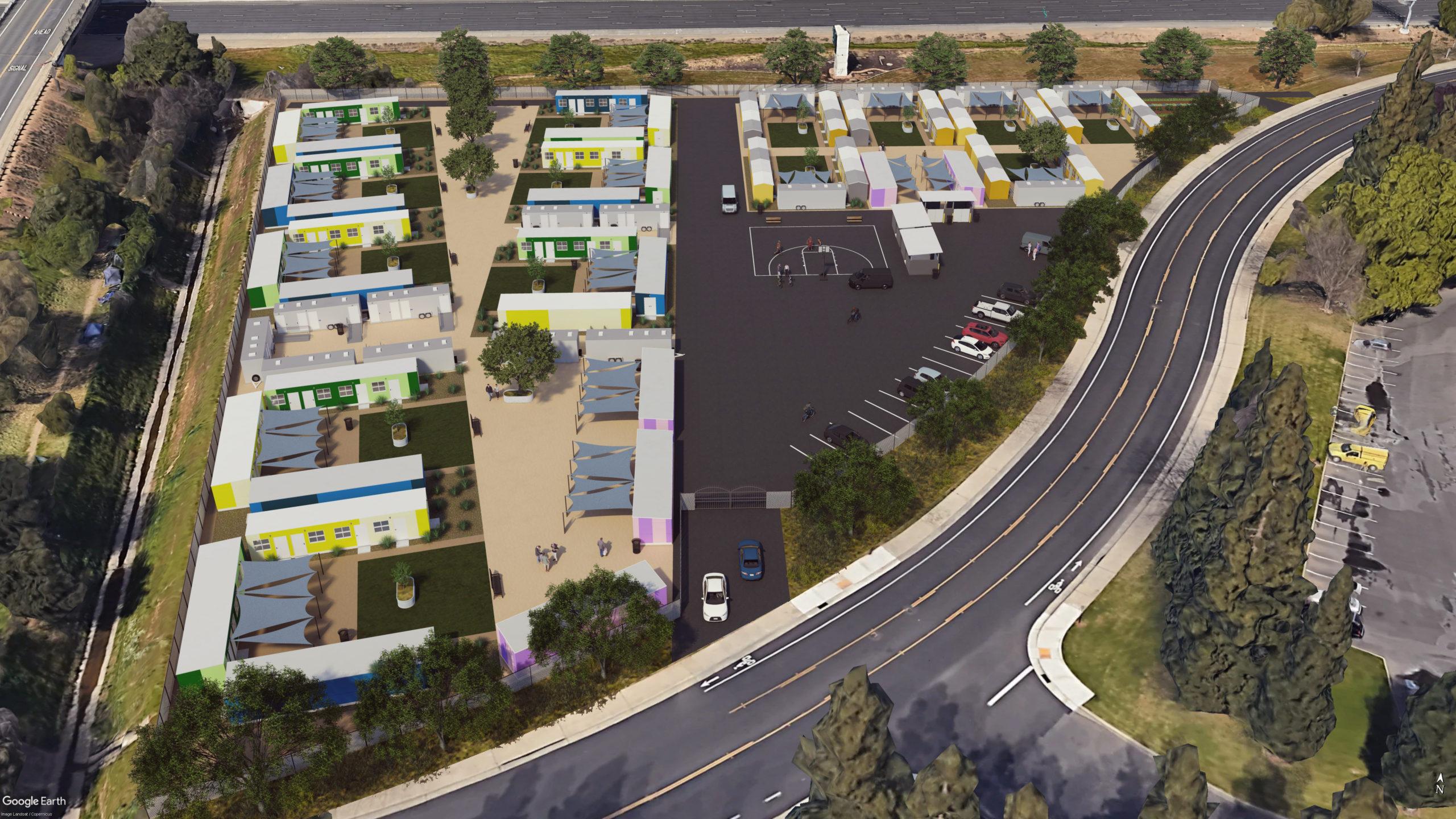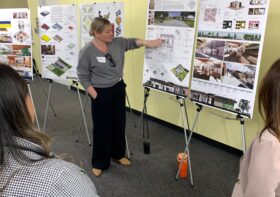Addressing California’s Homelessness Crisis
California’s homeless population continues to rise despite continuous discussions by residents, businesses, and politicians; solutions are not coming quickly enough. As housing specialists, we at WHA want to lend our expertise to provide housing for all members of our communities. From our Sacramento office, I have been working with a group of local architects, engineers, and developers to offer support and expertise to local governments in providing shelter for the homeless. These efforts are a collaboration between talented industry professionals led by local developer, John Hodgson, and Architect Bob Chase. View an interview with Bob and John highlighting our group’s work:
Together, we aim to pair our private sector capability with local government resources to expedite solutions for the Sacramento area. We have engaged local churches, Council Members, County Supervisors, and local stakeholders to gather information regarding best practices. Our efforts have taken us to Los Angeles to visit Ken Craft and the excellent work his organization, Hope the Mission, has completed in offering immediate assistance and long-term solutions for the unhoused. Engaging with these influential members of our community who share the same goal as our team has allowed us to develop potential remedies to present to Sacramento’s government officials.
Through our investigations, we have discovered economical approaches to providing supportive housing. Prefabricated, modular buildings are easy to set up, and have been a proven solution in many areas throughout the state. One key to a supportive development is to minimize site costs. A major site cost to consider is the need to provide electrical service to each building/unit. Due to the high cost of installing sewer and water lines, bathrooms should be grouped in a central location and make use of prefabricated trailers or new construction. Sites don’t need to be rectilinear, any shaped site will be adequate; having a flat site with minimal grading required is key. Security, adequate storage, on-site support staff, and privacy screening are additional important factors to consider.
At the end of this campaign, our ultimate goal is to show how a cost effective, neighborhood friendly, temporary supportive housing development can be realized for the estimated 10,000 people in the Sacramento area without housing. While our talented team has joined forces to offer solutions for the Sacramento area, we hope these efforts can extend throughout the state. In the meantime, WHA and our friends are supporting the campaign through interim solutions for California’s homelessness crisis.





Leave a Reply